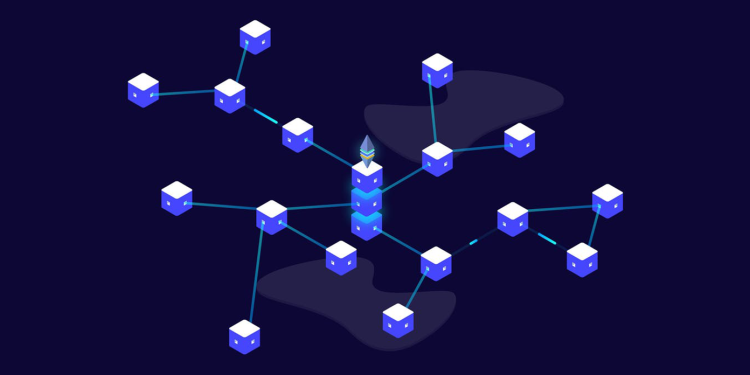IoT & Blockchain: The Pair to Safeguard Devices
We can say without a doubt that IoT is omnipresent right now. Although this technology has been a welcoming relief for some time, IoT is progressively growing in reputation and potential to become one of the most ever-present technologies today. According to Gartner—a research and analysis firm–there were around 8 Bn connected devices in use at the end of 2017 and it is not showing any signs of decreasing as at it has grown 31 percent from the previous year and is estimated that the growth will only increase to approximately 20 Bn connected devices by the end of 2020.
In this current time, the enormous majority of these IoT devices are customer grade electronics that include a category that is covering everything from smart home technology like vacuum cleaners and the Nest thermostat to the smart-speakers that are being marketed a great deal in stores. However, another technique called Blockchain, which has been termed as the accounting backbone powering cryptocurrencies like Bitcoin, is coming into the market and being incorporated hugely. The Brookings Institute in a survey of cryptocurrencies and blockchain technology found that “the Blockchain is the key innovation.” Indeed, notwithstanding head-turning price rise and eye-catching headlines connected with cryptocurrency, its best involvement may be the technology that powers it.
The Perfect Match:
Hence, one can say that in many ways, the blockchain and IoT is a perfect pair complementing each other in every way. The blockchain is presently securing the most expensive cryptocurrencies in the world, and its embedded smart contracts and decentralized network are unique solutions for IoT’s security concerns. While there is a sense of predictability that centralized servers will in due course be compromised, the blockchain extends that risk across hundreds of servers located around the world. Moreover, this same feature guarantees continual connectivity because an outage in one area does not affect the other. The blockchain technology can make sure that IoT devices preserve the connectivity that they need to offer the services they have in store.
Security Concerns:
The security concern is one of the most convincing reasons for utilizing blockchain. Presently, any malfunction in an IoT ecosystem renders enormous amounts of highly personal data which can be derived from smart home devices that have admission to personal details about our lives and daily routines, multiple methods, supply chain partners and the community as a whole. Such security errors typically revolve around three areas: connection, authentication, and transaction. Devices that verify, connect or spend inappropriately with other devices are all key concerns. If we can implement blockchain to manage right of entry to data from IoT devices an attacker would have to circumvent an additional layer of security that is protected by some of the most robust encryption standards accessible. Additionally, because there’s no centralized clout, single-point crash concerns become a remote issue, no matter how inhabited a particular network is.
Oversight of Data:
Surveillance is another fundamental constituent that blockchain adds to the IoT equation. With data transactions taking place between numerous networks owned and administered by several organizations, a stable, permanent record means custodianship can be traced as data passes between points in the supply chain. Machines will document details of all transactions that take place between themselves, with no human oversight. Lack of the private keys giving write-access to the blockchain no human will be able to overwrite the record with imprecise information.
Clearing Bottlenecks:
Under the existing IoT paradigm, devices are linked through centralized cloud storage and processing service. This is indefensible long-term, as with the number of connected devices and therefore data volumes proliferating, the systems managing this are likely to get distended, resulting in bottlenecks and incompetency. Blockchains can decipher owing to their dispersed nature, where the data storage network is copied across the hundreds of devices which make up the system. This enormous amount of redundancy means data is always accessible when needed; cutting downtime taken for shifting and indicating one server failure will be of no effect to business activity.








